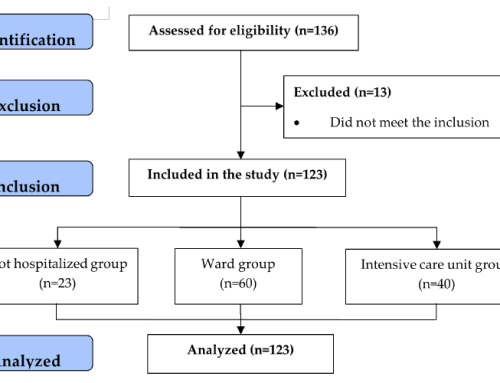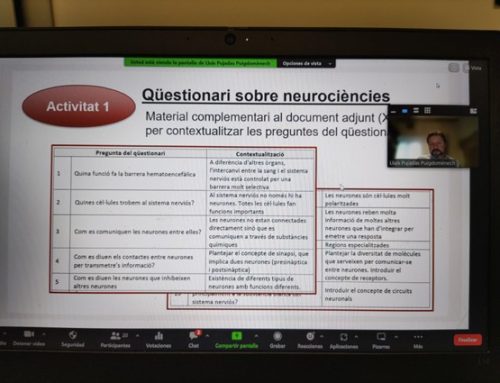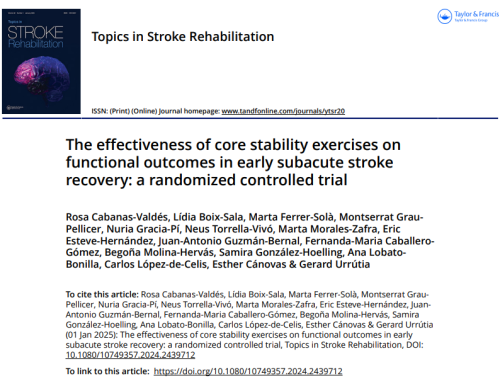ARTICLE. Catalán-Ibars RM, Martín-Delgado MC, Puigoriol-Juvanteny E, Zapater-Casanova E, Lopez-Alabern M, Lopera-Caballero JL, González de Velasco JP, Coll-Solà M, Juanola-Codina M, Roger-Casals N. Incidents related to critical patient safety during in-hospital transfer. Med Intensiva (Engl Ed). 2020 Jul 15;S0210-5691(20)30215-1. doi: 10.1016/j.medin.2020.05.022.
Abstract.
Objective: To analyze the incidents related to patient safety (IRSP) and their risk factors during in-hospital transfer (IHT) of critical patients after the application of a protocol, and to evaluate safety during transfer using quality indicators.
Design: A prospective, observational and non-intervention cohort study was carried out.
Setting: A 10-bed multipurpose Intensive Care Unit (ICU) of a second level university hospital.
Patients: All IHTs of critical patients in the ICU for diagnostic tests and to the operating room between March 2011 and March 2017 were included in the study.
Main measurements: Demographic variables, patient severity, transfer priority, moment of the day, reason and type of transfer team. Pre-transport checklist items and IRSP were collected. A biannual analysis was made of quality indicators designed for IHT.
Results: A total of 805 transfers were registered, mostly of an urgent nature (53.7%) and for diagnostic tests (77%). In turn, 112 transfers (13.9%) presented some type of IRSP; 54% related to the equipment and 30% related to team and organization. Adverse events occurred in 19 (2.4%) transfers. Risk factors identified in the multivariate analysis were mechanical ventilation and the transport team. The evolution of the indicators related to transport was significantly favorable.
Conclusions: After the application of an IHT protocol, IRSP are low. The main risk factor is invasive mechanical ventilation. The experience of the team performing IHT influences the detection of a greater number of incidents.
Keywords.
In-hospital transfer; Incidents related to patient safety; Quality indicators; Adverse events; Critical patient safety.












Leave a Reply